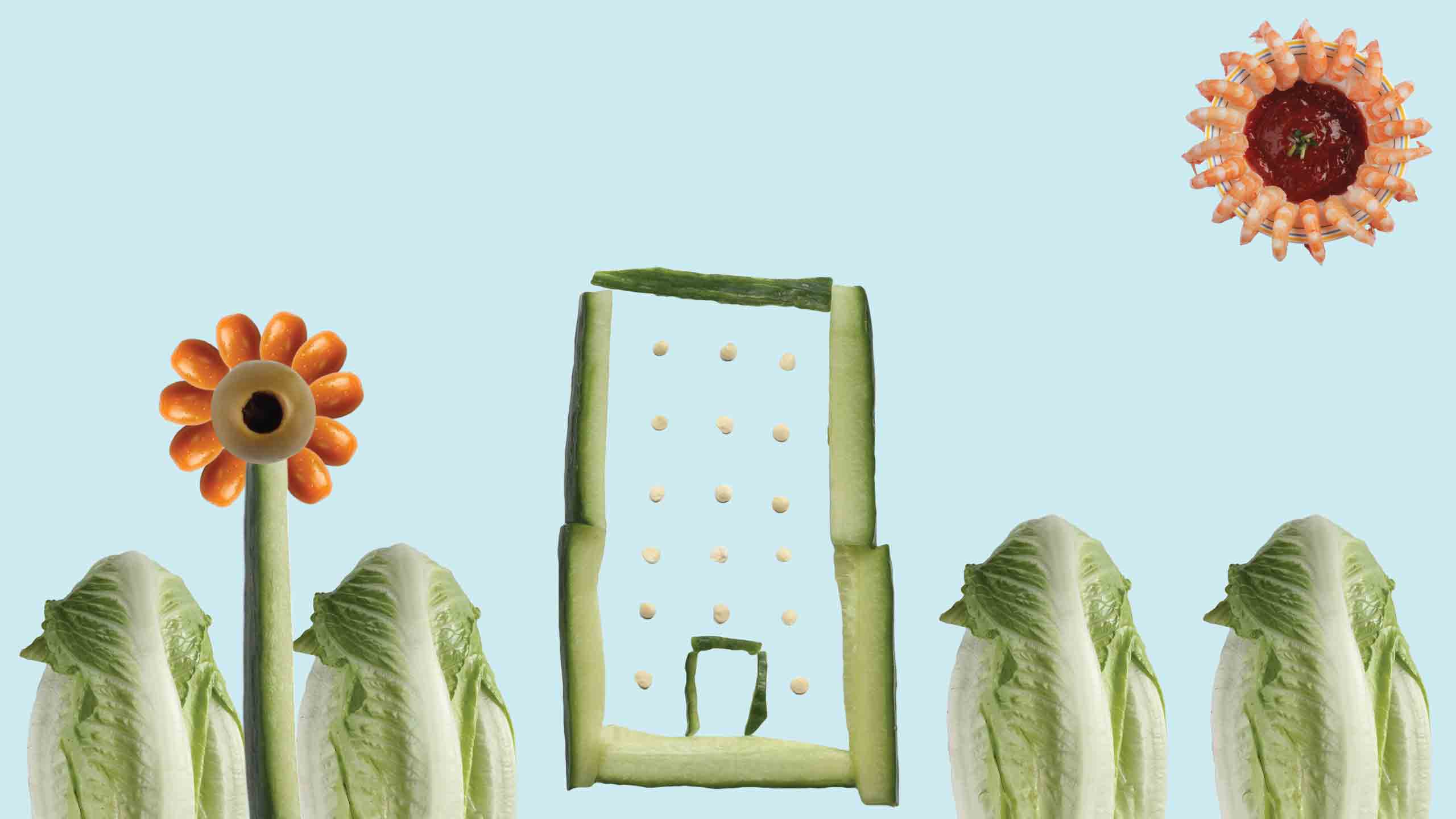By Julia Ranney
If you’ve ever been to the International Living & Learning Centre (ILLC) cafeteria, you’re usually greeted with bright, smiling faces and equally bright-looking dishes that range from hot, prepared meals and grab-and-go salads to an action station where students can build their own stir-fry, noodle bowl, pasta or nacho creations. Built in 1987 and previously functioning as a hotel, the 11-story ILLC residence accommodates 252 students and is usually where international students reside.
The ILLC cafeteria works on a rotating three-week menu catered to cuisines from around the world. Vegetarian, vegan and Halal choices are offered and aimed at making your taste buds dance. How does Thai tofu cakes with sweet chilli dip sound? What about chimichurri barbecue chicken or lemon coconut linguine?
Yet, actual thoughts on the taste of ILLC food is divided.
Grejdi Meta, a first-year business management student from Albania, said, “The food is dull. I miss the seafood from home…shrimps, fish, calamari, cod. The whitefish is something I’d never eat again if served.”
First year mechanical engineering and international student Shadman Zuhayar Haider agrees, saying the food is average in terms of cafeteria variety. “It’s rather bland for the most part,” he said. “I was expecting a bit more flavour. I wish the foods were a little spicier like back home.” Although he wishes the food tasted differently, Haider does believe different dishes are served every day to cater to the international student population.

The International Living & Learning Centre. Photo: Jacob Dubé
Adding to the debate, Chehek Vohra, a first-year graphic communications management and international student from Dubai, is displeased and misses the “authentic” food she ate in Dubai. “I don’t think ILLC cafeteria really caters to international students,” she said. “Although they have many options of international food, it’s usually nothing similar to the home-cooked food and spices back home. What sucks is that there isn’t a great variety of healthy vegetarian meals to choose from.”
It’s evident angry students are pressing new demands for maximum value, flavour and nutrition from students purchasing food at Ryerson is on the rise.
General Manager of Ryerson’s Food Services, Walter DaSilva, said that his team tries “to provide a general variety of dishes and cuisines to cater to as many students and tastes as possible.” He explains that each academic year, RU Eats modifies the menu, updating it with new trends and products such as chicken and waffles and pho noodle bowls.
When asked about what they would improve about ILLC food, Vohra said the timing of meals. “Dinner ends way too early—in my family we didn’t have dinner until after 8 [p.m.], or have lunch before 3 [p.m.] and by these times there is no food in the cafeteria,” she said.
As students are dropping thousands on mandatory meal plans, students want to feel like their residence is a home away from home, and a way to make that happen is by incorporating traditional dishes and flavours from the varying countries they come from.










Leave a Reply